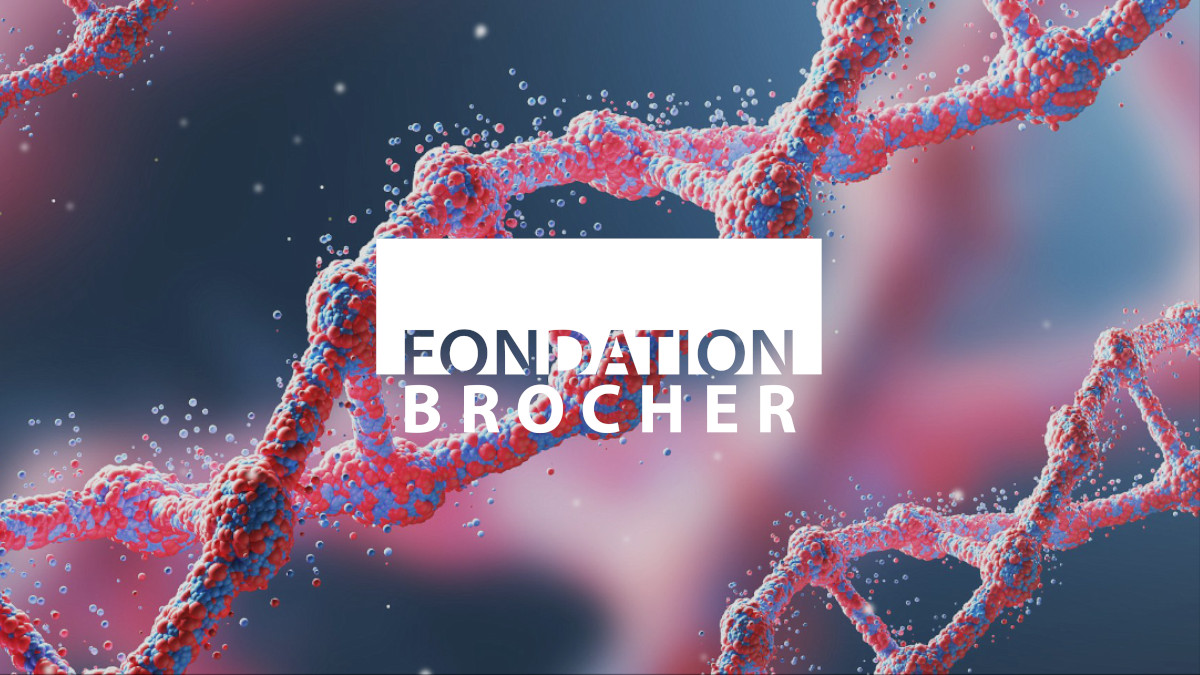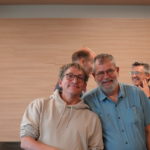Faced with crises, conflicts and environmental disasters, humanitarian action has had to adapt. It now has an important place in our society and in international Geneva.
Ms. Brocher’s grandfather, Jakob Dubs, was, in his capacity as President of the Swiss Confederation, the President of the International Conference of Geneva which led to the ratification of the Geneva Convention. Before the conference, he was the contact person for Henry Dunant and General Dufour in Bern. Sensitive to their cause, he fought at the federal level, then with foreign states, to convince them of the need to find an agreement to settle the fate of those wounded in the war. He was also the first president of the Swiss Red Cross.
Madame Brocher lived in admiration of her grandfather and his role in the development of the Spirit of Geneva. In turn, with her doctor husband, she invested herself in creating the Brocher Foundation. The Foundation’s mission is to promote research on the links between ethics, law, society and health. Our goal is to improve the research process on the human being and the overall condition of people facing health challenges. The Foundation dedicated the anniversary of its 15 years of activity to the field of humanitarian action in homage to Mrs. Brocher and her grandfather. This field represents only one facet of the Foundation’s activities.
The objective of this discovery tour is to highlight some of the women involved in humanitarian action who have shaped and are still shaping this field. The discovery tour is composed of two parts: yesterday’s figures and today’s figures.
Yesterday’s figures:
This part of the project focusses on a dozen women who broke societal codes of their time and left their mark on the humanitarian sector. This section is the work of Professor Dolores Martin Moruno, Dr. Valérie Gorin, and their students, in the context of their studies on humanitarian action at the University of Geneva. Their research is supported by the Swiss National Science Foundation (SNSF).
Today’s figures:
The Foundation wished to highlight the diversity of contemporary women’s trajectories and the variety of current humanitarian professions.
As with thousands of other committed women, these women show that the path to humanitarian action is non-linear. This discovery journey is a sample of various profiles of commitment. It is illustrated through a subjective and non-hierarchical selection of profiles






